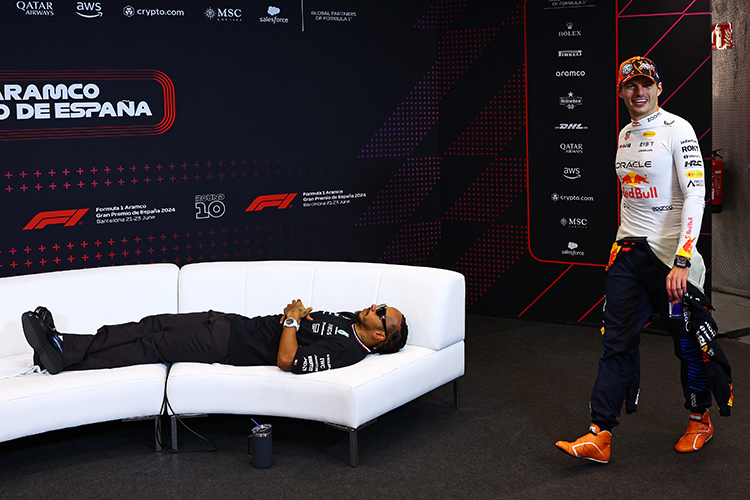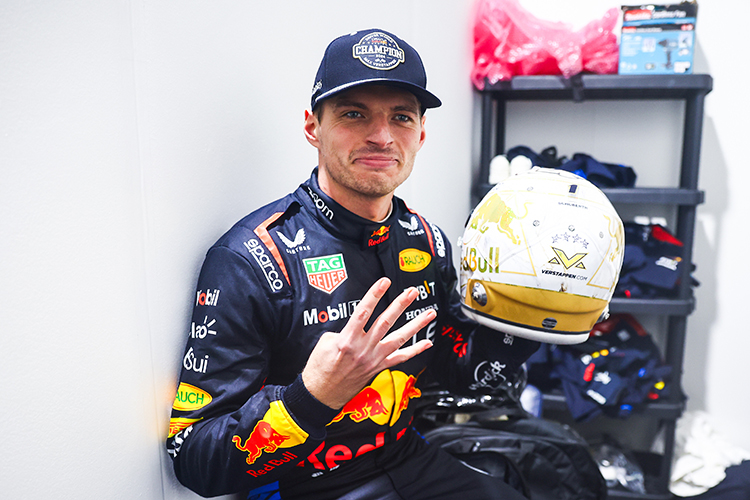How Does the DRS (Drag Reduction System) Work in Formula 1?

Formula 1 World Champions: A legacy of racing legends
How does the DRS (Drag Reduction System) work?
Learn how the Drag Reduction System (DRS) works in Formula 1. Discover its role in overtaking, race strategies, and modern F1 racing dynamics.
In Formula 1, where every millisecond matters, innovation is at the core of the sport. One of the most strategic components of modern F1 cars is the Drag Reduction System (DRS), designed to boost speed and assist with overtaking. This system leverages aerodynamics and strategy to add excitement and complexity to the races. Let’s dive into how DRS works and its significance in F1.
What is DRS?
The Drag Reduction System (DRS) is an adjustable rear-wing mechanism that reduces aerodynamic drag, allowing a car to achieve higher speeds on straights. DRS is specifically used to aid overtaking and is only available under certain conditions within designated zones on the track.
How Does DRS Work?
DRS functions by altering the angle of the rear wing’s flap, which normally generates downforce but also creates drag. When activated:
- The rear wing flap opens: The angle of the wing reduces, minimizing drag and increasing speed.
- Reduced resistance: The car experiences less aerodynamic resistance, enhancing straight-line performance.
- Closing the gap: The speed boost helps drivers close the gap to the car ahead, making overtaking more achievable.
Conditions for DRS Use
The use of DRS is regulated to maintain fairness and safety. Here are the key conditions:
- DRS Zones: Tracks feature designated DRS zones, typically on long straights, to facilitate overtaking.
- Proximity Requirement: A driver must be within one second of the car ahead at a designated timing point to activate DRS.
- Activation and Deactivation: Drivers can activate DRS in the zones but must deactivate it before the next braking zone.
- Weather Restrictions: DRS is disabled in wet or unsafe conditions to ensure driver safety.
The Purpose of DRS in F1
DRS was introduced in 2011 to address the challenges of overtaking in Formula 1. The turbulent air—or "dirty air"—from leading cars made it difficult for trailing drivers to maintain balance and grip during overtakes. DRS mitigates this by:
- Enhancing overtaking: The speed boost allows trailing cars to close gaps and execute overtakes more effectively.
- Adding strategic depth: Drivers must decide the optimal moments to activate DRS and attempt overtakes.
- Leveling the playing field: DRS helps reduce performance disparities, making races more competitive.
The Benefits of DRS
DRS provides several advantages, including:
- Increased top speed: Reduced drag allows higher speeds without sacrificing stability in corners.
- More overtaking opportunities: Drivers can execute overtakes more frequently, making races more exciting.
- Enhanced fan engagement: DRS contributes to dynamic racing, keeping fans engaged with close battles on track.
The Challenges of DRS
Despite its benefits, DRS has sparked debate within the F1 community:
- Artificial overtakes: Some argue that DRS makes overtaking too easy, reducing the skill involved.
- Reduced driver skill emphasis: The system might overshadow the importance of a driver’s natural overtaking ability.
- Regulatory complexity: Strict activation rules can sometimes create confusion during races.
Conclusion: DRS - A Game-Changer in Formula 1
The Drag Reduction System has transformed Formula 1 racing since its debut in 2011. By enhancing overtaking and adding strategic complexity, DRS has become a vital element of modern F1. While it has its critics, the system continues to play a pivotal role in creating the thrilling, high-stakes competition that defines Formula 1.
Whether you're a seasoned fan or a newcomer to the sport, understanding DRS provides valuable insight into the intricacies of F1 racing and the strategies behind every overtaking maneuver.
Up Next



